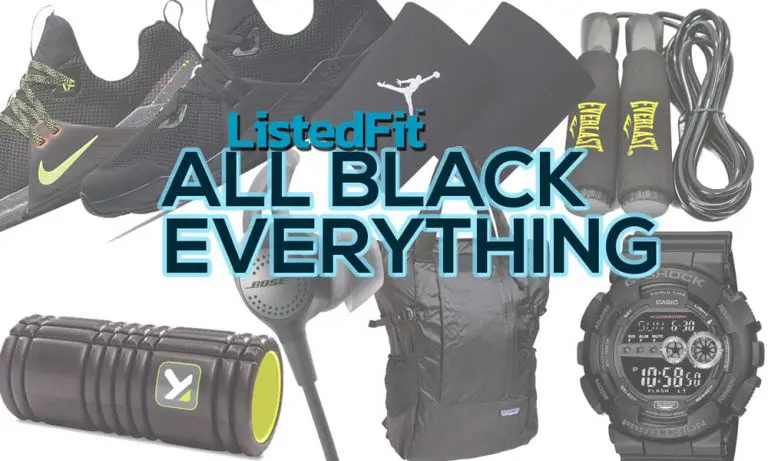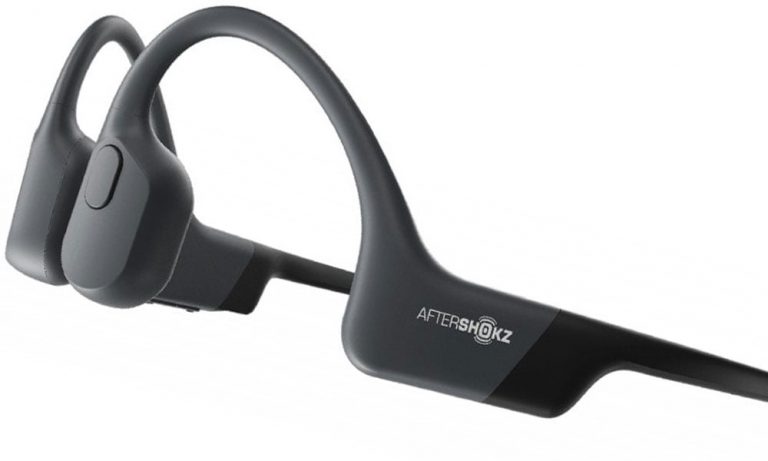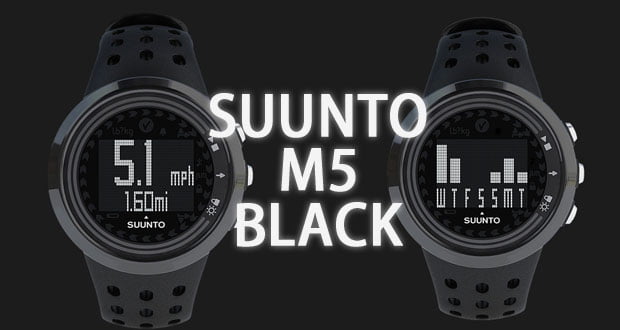Polar OH1 vs Scosche Rhythm+ 2.0 Which One Is Best for You?
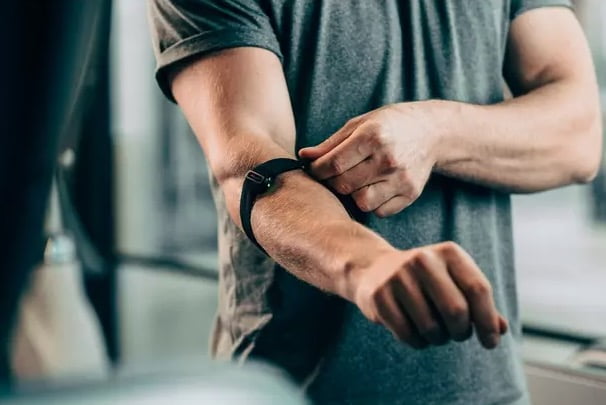
ListedFit is reader-supported. When you buy through links on our site, we may earn a small commission.
Polar OH1 vs Scosche Rhythm+ 2.0 Which One Should You Go For?
Most everyone knows reaching a targeted heart rate is essential for burning calories, whether you are running, biking, or walking.
In the past, people had to stop exercising and attempt to count their pulse.
Eventually, chest straps were invented, but these were sometimes uncomfortable and annoying. Today, there is a newer option in the form of optical wrist and arm bands.
While there are multiple brands on the market, there are two that seem to be more popular than others. With this review of Polar OH1 vs Scosche Rhythm+ 2.0, you will learn which one is more accurate, better built, and worth the money.
Table of Contents
Polar OH1 Vs Scosche Rhythm+ 2.0 – What Are the Main Differences Between the Two?
Some differences set these two optical armbands apart. Before deciding on one, you must understand their differences and what makes each one special.
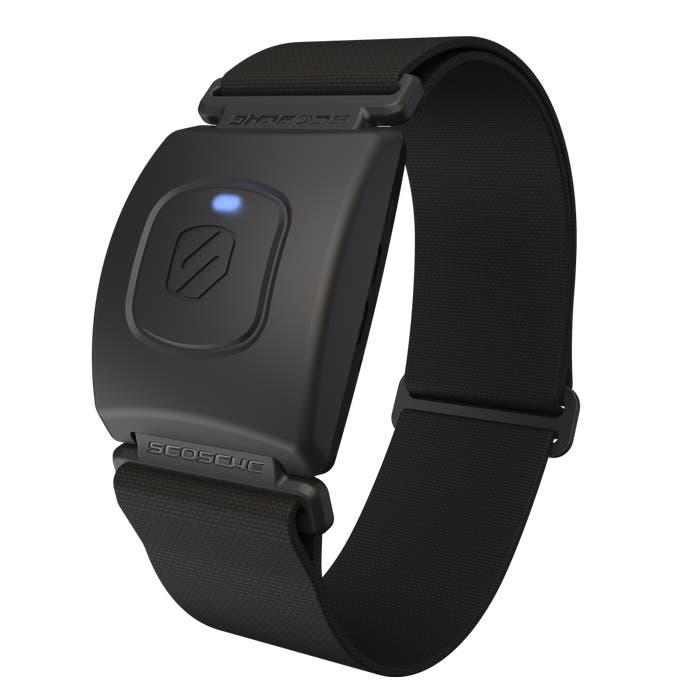
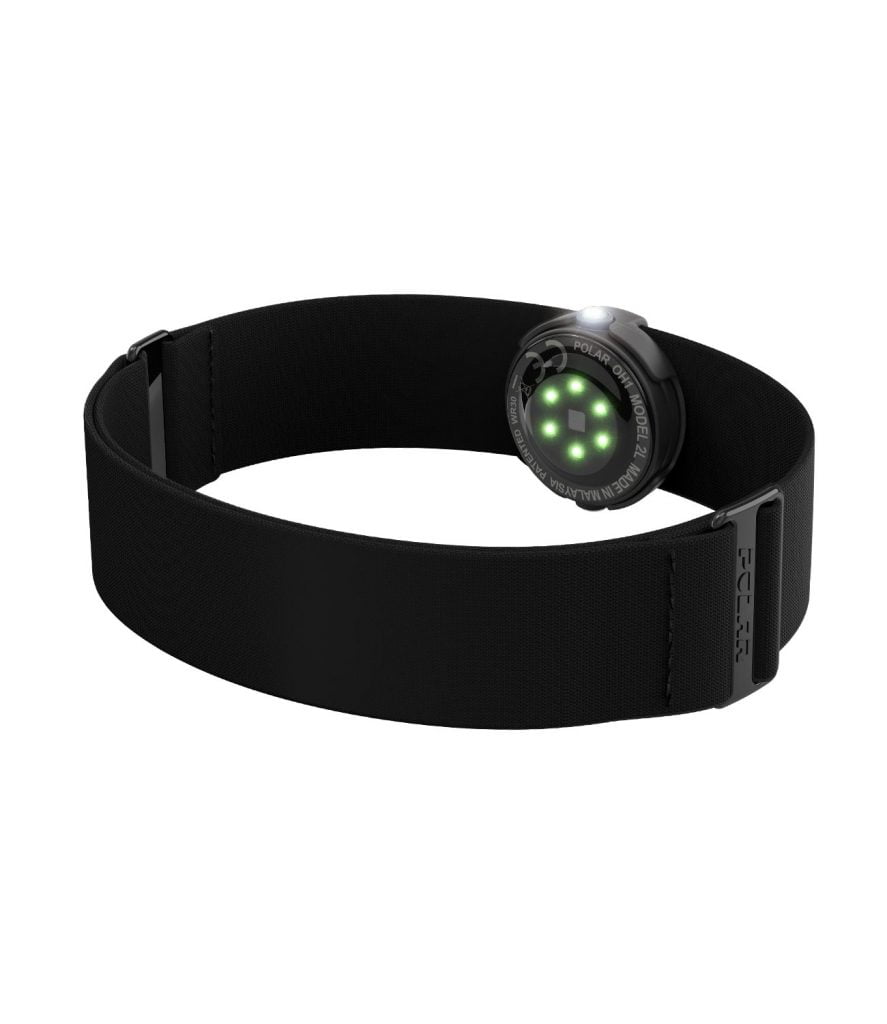
The Band
One of the first differences when it comes to Polar OH1 vs Scosche Rhythm+ 2.0 is obviously the arm band.
Obviously, this is an important feature because a good strap needs to ensure the optical device stays securely in place, no matter what activity you are doing.
While both straps are adjustable in size, there are differences between the two bands.
The Scosche optical has a clip band, and the Polar OH1 has a sewed-in loop. In reality, most people find both bands work perfectly.
The clip does not give the Scosche an advantage because no matter which arm band you purchase, you are going to need to clip it or adjust it before putting it on unless you have someone available to help you.
The Charger
Optical arm bands must be charged or they cannot function. Both arm bands have a functional charger, but they are made differently.
The Scosche charger offers a clip-type design. This ensures the charger stays secure, no matter where you are charging your arm band device.
The Polar OH1 offers a charger that is in essence a USB stick. You can plug it directly into a USB port and it will both charge and sync.
The Scosche Rhythm wins in this category because it offers a very secure design that prevents the charger from coming loose. The Polar OH1 charger is a little on the clunky side.
The Battery Life
With both devices, depending on your workout schedule, you are going to find charging them once a week is sufficient. Both of these optical arm bands have a long battery life, but one has twice the life of the other.
The Polar OH1 offers twelve hours of battery life, while the Scosche Rhythm provides twenty-four hours between charges. If having a long battery life is important to you, the Scosche Rhythm may be preferable.
The Features
Both have the features you would expect from an optical arm band, but there are some differences. Being aware of the differences will help you to make a wise purchase choice.
Polar OH1 Features
- Heart rate algorithm 6 LED optical sensor
- Built-in memory that records up to 200 hours
- Multiple connectivity options
- Water-resistant up to 30 meters
- Machine washable textile band
- Sync your data to Polar Beat for analysis
Scosche Rhythm+2.0 Features
- Five heart rate zone indicators
- Multiple workout modes
- Built-in memory records up to 13 hours
- Rated IP68 waterproof
- Use the arm band with Rythm24 SDK
- Offers up to a 100-foot range
One feature of the Scosche Rhythm is not available with the Polar OH1. As stated above, the Rhythm offers multiple workout modes.
In addition to monitoring your heart rate, it also can be used as a cycling cadence sensor and a foot pod, though you will need to set it up appropriately.
Another feature that sets the Scosche Rhythm apart from all other optical arm bands is its ability to record heart rate variability.
You will not find this feature with any other arm band, including the Polar OH1.
When choosing between the two, it is clear that the Scosche Rhythm has more powerful and integrative features than the Polar OH1. For some, the Rhythm may offer too many features they will not use.
Which Is More Accurate Polar OH1 or Scosche Rhythm+ 2.0?

Accuracy is incredibly important when it comes to an optical arm band.
If you cannot rely on the accuracy of what the arm band is telling you, how will you even use it to check your heart rate and determine if changes need to be made to your workout?
If you were to do a side-by-side comparison of the Polar OH1 and the Scosche Rhythm, you would be amazed that they are both accurate, but one is just a little more accurate.
There is a slight 1-3 second delay with the Polar OH1. This delay is not enough to cause any major discrepancies.
For the most part, the Polar OH1 is the most accurate of the two. It rarely seems to have a hiccup, and its accuracy is reliable.
The Scosche Rhythm is very accurate, but not quite as accurate as the Polar OH1. It can experience some hiccups, especially during outdoor cycling sessions.
If you are looking for the best accuracy, the Polar OH1 wins here. You can rely on this optical arm band to remain accurate and give you the data you need.
Build Quality: Which One Is Better?
The way an optical arm band is constructed is entirely important for its durability.
After all, you do not want to purchase an optical arm band only to have it fall apart after a few uses.
As stated above, the Scosche has a clip band and some people may feel this makes it more durable, but that is not necessarily the case.
The Scosche is a little more robust, with the Polar OH1 being a little smaller. Both are impeccably built and seem to offer lasting durability.
If I had to choose between which one is more durable, I would say the Scosche is the winner. The Polar OH1 is smaller and does not seem as strong as the Scosche, but the difference is not by much.
Polar OH1 or Scosche Rhythm: Which One Is Easier to Use?
This is not a very easy question to answer because everyone is different. If you are new to using an optical arm band and want simplicity and straightforward results, you may be wise to choose the Polar OH1 since it is not as feature-heavy as the Scosche.
On the other hand, if you participate in a lot of different workout activities, you may find the Polar OH1 to be lacking.
Both are fairly simple to use, but the added features may make the Scosche Rhythm more confusing for some beginners.
No matter which one you purchase, make sure to read the owner’s manual in its entirety, to ensure you know how to operate the optical arm band correctly.
Pros and Cons of Each
As with any product, there are pros and cons with each of these optical arm bands. To have a balanced comparison, you must know both. Here, I will discuss the pros and cons of each arm band, allowing you to understand the good and bad of each brand.
Pros and Cons of the Polar OH1
Pros:
- The Polar OH1 is easy to put on and comfortable.
- The design is practically weightless for greater comfort.
- This optical arm band offers an extensive built-in memory capacity.
Cons:
- This optical arm band has limited app connectivity.
- The Polar OH1 only reads your heart rate. ***
- The battery life of the Polar OH1 is only twelve hours.
Pros and Cons of the Scosche Rhythm
Pros:
- This optic arm band is comfortable and lightweight in design.
- The Scosche Rhythm offers an extensive battery life.
- The LED indicator gives you a color-coded heart rate notification.
Cons:
- The Scosche Rhythm can be a little unreliable, especially with weightlifting.
- You cannot use this optical arm band while swimming.
- There is no battery life indicator.
Polar OH1 Vs Scosche Rhythm – Conclusion
If you are trying to up your fitness game and stay on top of your heart rate, an optical arm band is a way to go. These bands offer more comfort and accuracy than other models, and both are affordable.
Both do their jobs well. The Scosche has more features and a longer battery life, which may be attractive for many users. The Scosche is also a little more durable.
Both offer their own pros and cons, and they would both be a solid choice for most heart rate data collection needs. No matter which one you choose, you are sure to find it adds value to your fitness routine.
Author
Latest entries
 GearJuly 20, 2024Headphones and Earbuds – Tried and Tested!
GearJuly 20, 2024Headphones and Earbuds – Tried and Tested! FitnessAugust 19, 2023Yohimbe vs Yohimbine: A Quick Comparison Guide
FitnessAugust 19, 2023Yohimbe vs Yohimbine: A Quick Comparison Guide AshwagandhaJune 16, 2023Is Ashwagandha Good for Working Out? Key Benefits Explored
AshwagandhaJune 16, 2023Is Ashwagandha Good for Working Out? Key Benefits Explored Sports HeadphonesMay 25, 2023Why Your EarBuds Keep Falling Out – Quick and Easy Solutions
Sports HeadphonesMay 25, 2023Why Your EarBuds Keep Falling Out – Quick and Easy Solutions
Affiliates:
This post may contain affiliate links that at no additional cost to you, the site may earn a small commission. We only recommend products we would use ourselves and all opinions expressed on this site are our own.
General Advice:
The information provided in this article is for general informational purposes only. It is not intended as a substitute for professional advice. Always consult with a qualified healthcare professional before starting any new diet, exercise program, or making changes to your health routine.
Accuracy Advice:
While we strive to provide up-to-date and accurate information, the content in this article may not reflect the most current research or medical guidelines. We encourage readers to do further research and consult with professionals for more personalized advice.
Our Recommendations:
The products and services mentioned in any of our articles are recommended based on our independent research and personal experience. We are not sponsored by any company. We aim to suggest products and services we believe are of high quality and could be beneficial to our readers.

